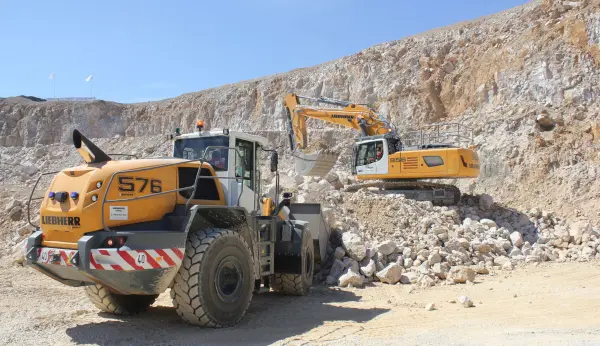By-product status confirmed for blast-furnace slag
THE Quarry Products Association has welcomed the recent announcement by the Environment Agency that it is now satisfied that blast-furnace slag (BFS) is a by-product, rather than a waste material.
The Environment Agency’s regulatory position statement followed a lengthy and concentrated lobby from the QPA and the industry to ensure that some 3 million tonnes of BFS is maintained for national construction needs. The industry’s position on BFS was also supported by the European Commission’s recently published guidance using BFS as an example of a by-product.
The position statement covers air-cooled blast-furnace slag, which is used as a construction aggregate, and ground granulated blast-furnace slag (ggbs), which is used as a cement replacement and is known to be beneficial in improving concrete’s durability and reducing its carbon footprint.
The by-product classification of blast-furnace slag followed a consultation held with the industry sitting as the Technical Advisory Group (TAG) as part of the Environment Agency’s Quality Protocols review procedure. The TAG consulted extensively for a technical report produced jointly by WRAP and the Environment Agency on BFS, with the latter commenting that ‘[industry had] contributed greatly to…this decision, and has believed for some time that BFS is a by-product not a waste’.
Further to the Environment Agency’s ruling on blast-furnace slag, the industry is now awaiting a regulatory decision on steel slag, which is used extensively in highway surfacings. Encouraged by the ruling on BFS, the industry is hopeful that a similar approach will be taken. A decision is expected in the coming months.
Commenting on the Environment Agency’s recent decision, the QPA’s director of aggregates, Brian James, said: ‘This is clearly good news for blast-furnace slag and its construction customers who have recognized the value of this long-standing sustainable resource. This is the right decision from the EA and one that safeguards the future of an important material. It is an approach that we are optimistic about being adopted for steel slag.’


